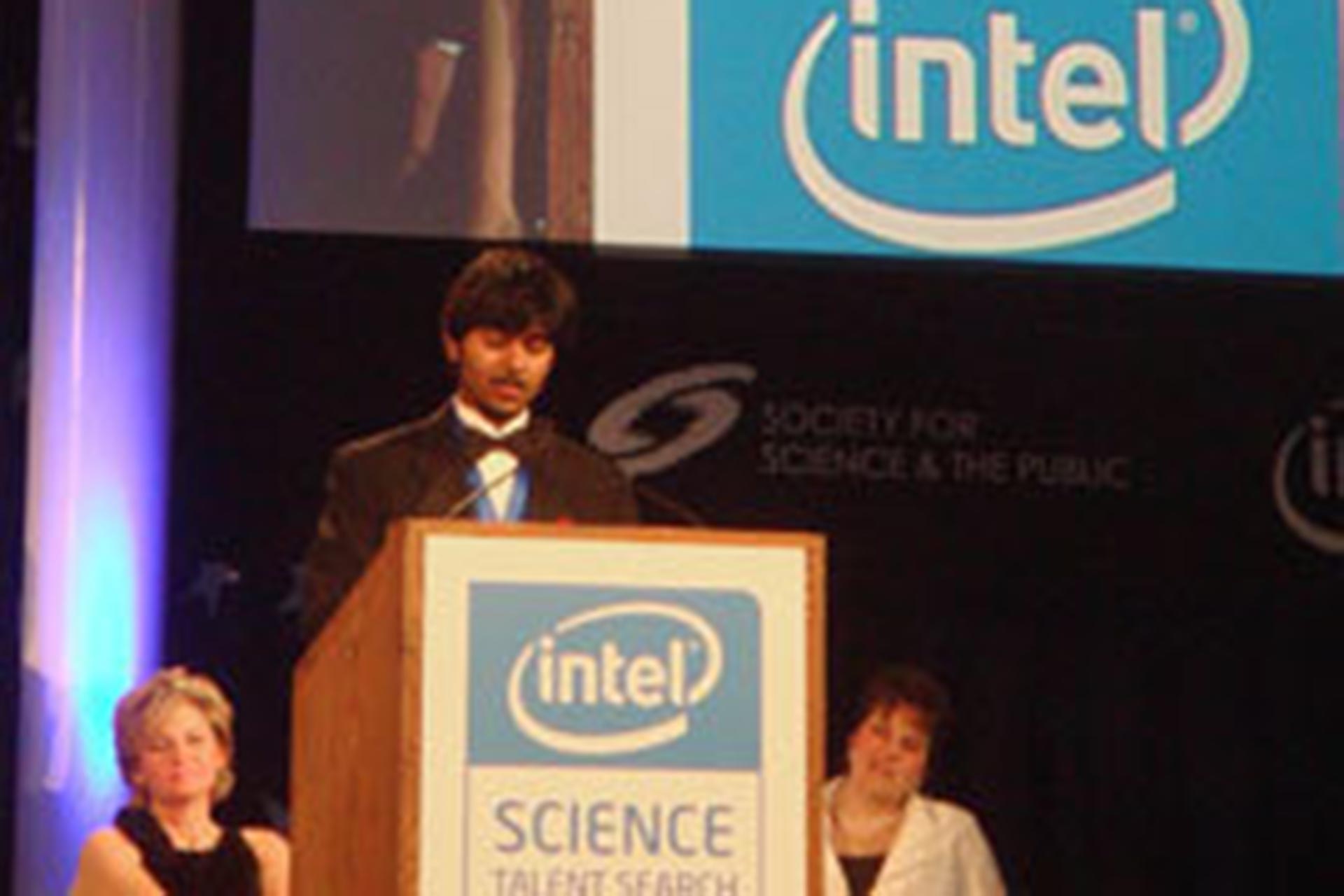

I am a physical oceanographer. The main tools used by my group at the University of Michigan are numerical models, which we frequently compare to both in-situ and satellite observations. Our main research interests are in global modeling of past and present barotropic tides, global modeling of internal tides and the internal gravity wave continuum, the dynamics and energy budgets of the oceanic general circulation and mesoscale eddies (the oceanic equivalent of weather systems), and the variability of the coupled atmosphere-ocean system. We have also studied tsunamis, and we have a growing interest in application of ocean models to deep-time Earth system science problems. I teach introductory and advanced courses in oceanography at the University of Michigan, and I founded a summer school on oceanography and environmental sciences in Ghana, West Africa.

My primary tools are numerical models of the ocean. I use both realistic models, such as the HYbrid Coordinate Ocean Model (HYCOM) being used as a U.S. Navy ocean forecast model, and idealized models. I frequently compare the outputs of such models to oceanic observations, taken with a variety of instruments. Comparison of models and observations helps us to improve our models as well as our ideas about how the ocean works.
My research has often been interdisciplinary, involving collaborations with scientists outside of my discipline, such as geophysicists, geodynamicists, glaciologists, geochemists, geobiologists, and other physical oceanographers.
We use realistic numerical models, idealized numerical models, analysis of in-situ and remotely sensed observations, and model/data comparison to better understand the dynamics and energy budgets of wind-driven and tidal motions in the ocean. Our research is interdisciplinary, often involving collaborations with geophysicists, geodynamicists, glaciologists, geochemists, geobiologists, and other physical oceanographers.





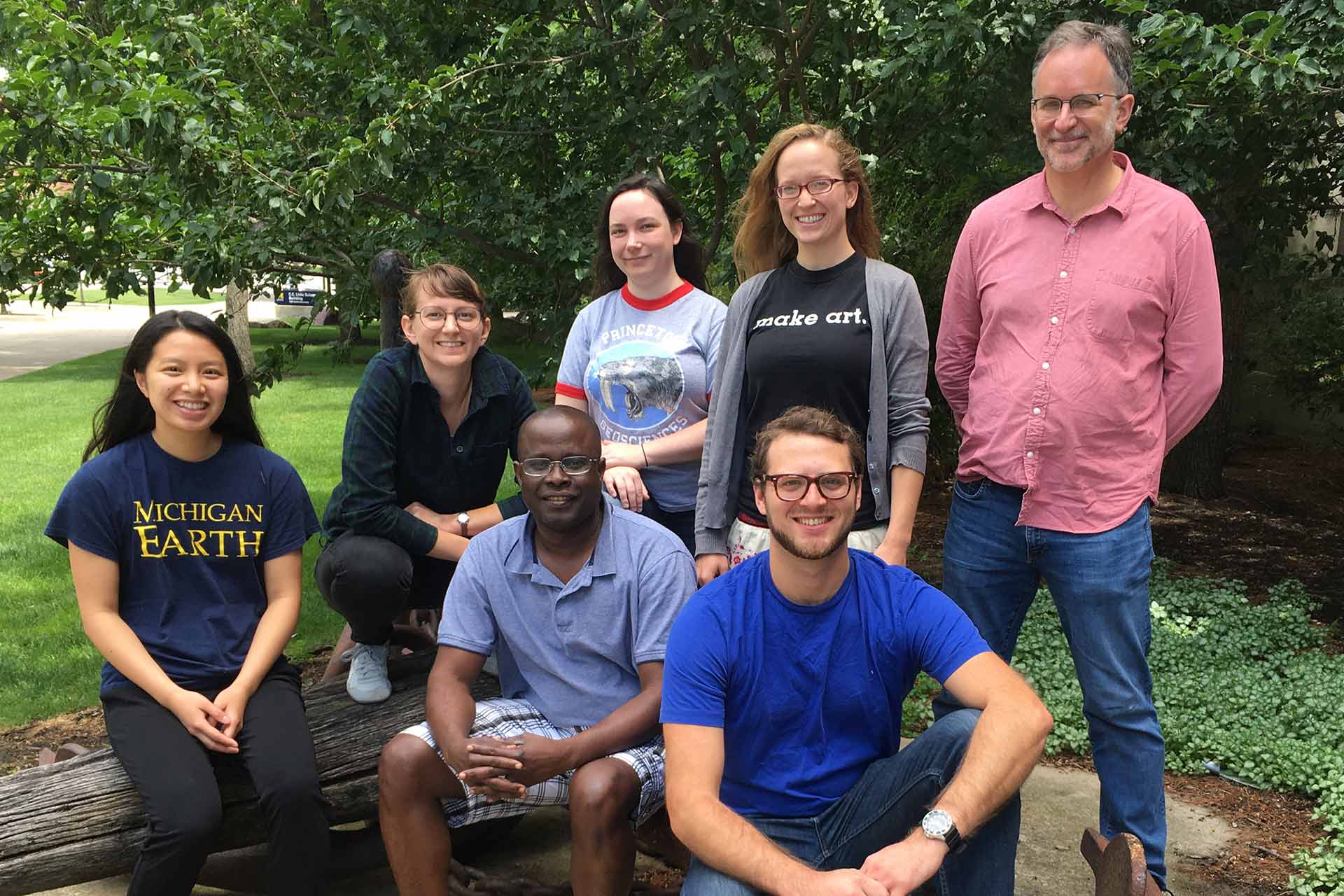



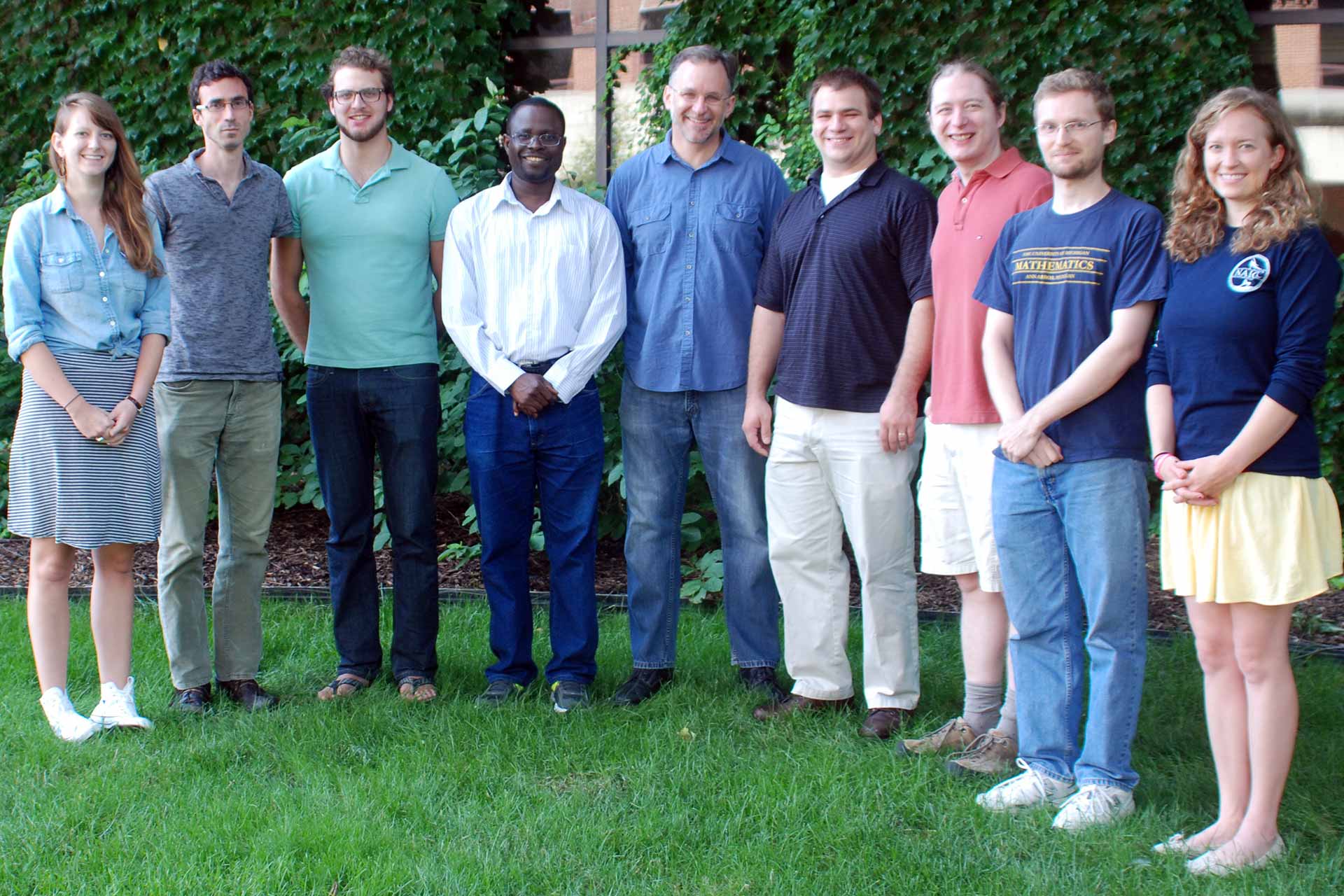
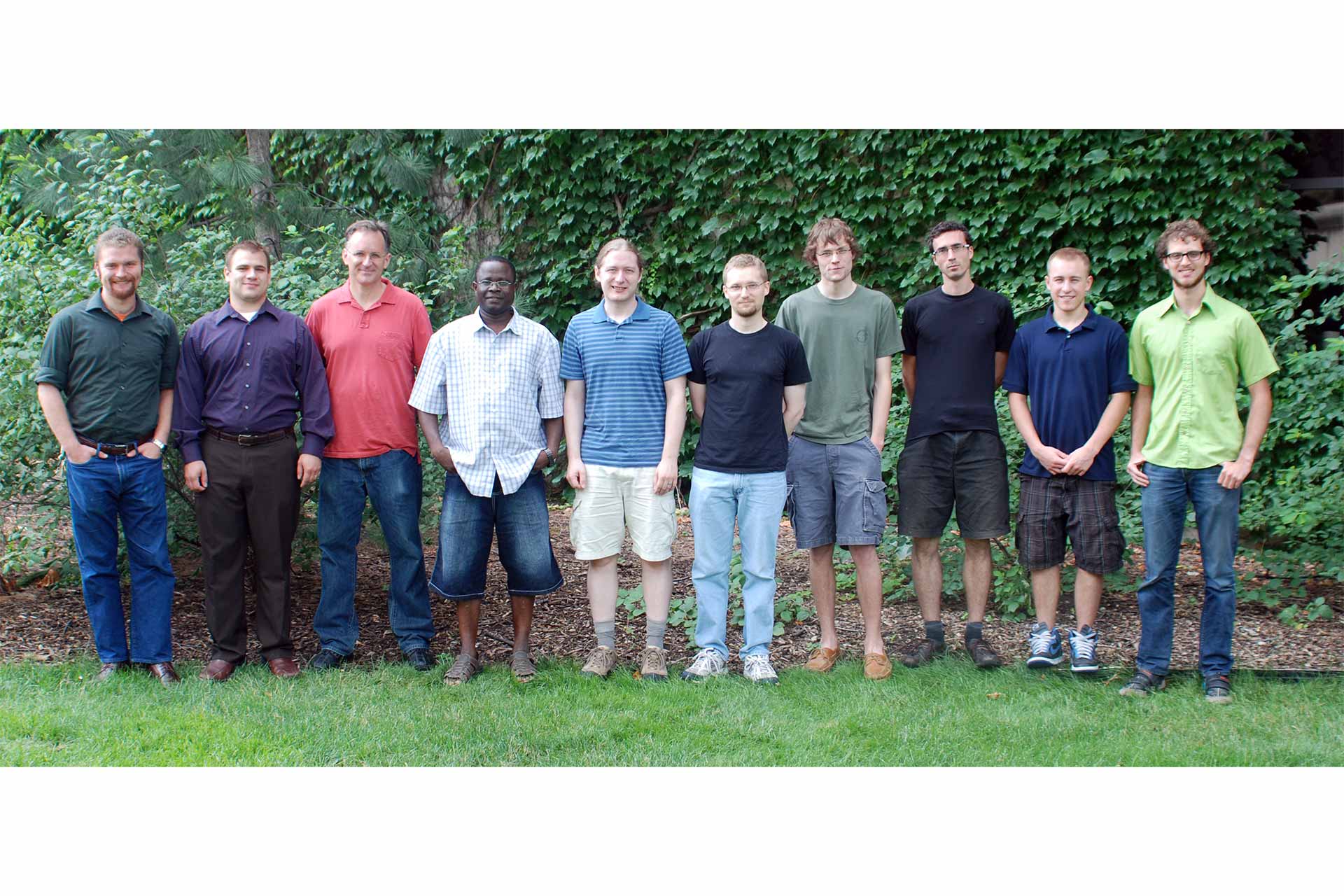


Avik joined our group in 2021 and plans to defend his Physics PhD in 2024. Avik also works in David Lubensky’s biophysics research group.
Currently seeking a postdoctoral position in physical oceanography.
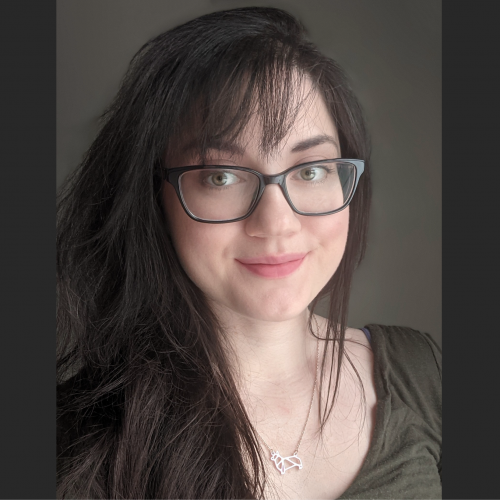
Kristin joined our group in 2020 and plans to defend her PhD in Physics in 2023. She works closely with Department of Energy scientists, especially Steven Brus, Darren Engwirda, Mark Petersen, and Andrew Roberts.
Global modeling of past and present barotropic tides
Global modeling of internal tides and the internal gravity wave continuum

Lingxiao, a computer science major, worked with us from 2021-2022. He was primarily supervised by Joseph Skitka and Ritabrata Thakur.

Joe joined our group in 2020.
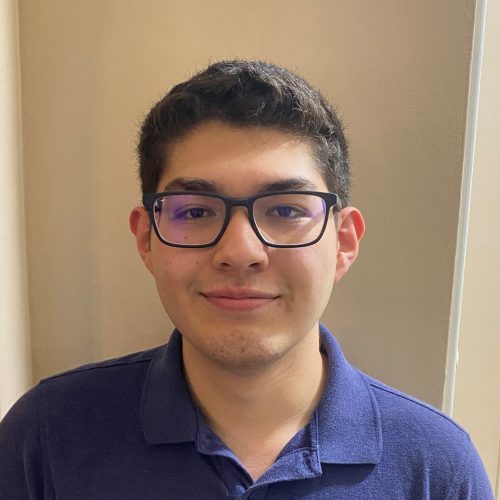
Daniel, a computer science major, worked with us in 2021. He was primarily supervised by Joseph Skitka and Ritabrata Thakur.
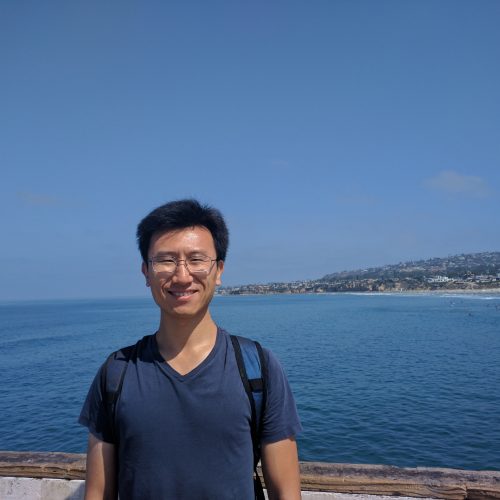
He joined our group in 2020.
Global modeling of internal tides and the internal gravity wave continuum
Lisa joined our group in 2021. She is in the Applied Physics program and is primarily supervised by Professor Christiane Jablanowski of U-M’s CLASP department.
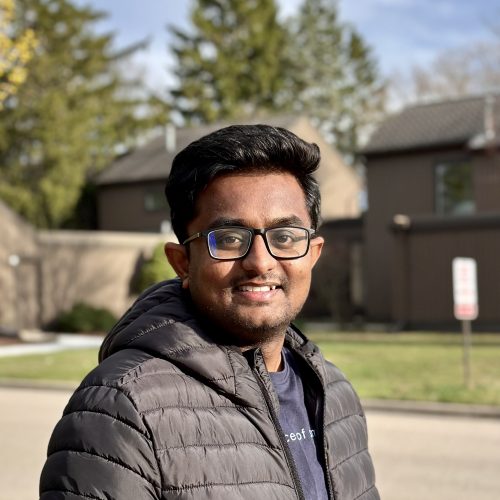
Yadidya joined our group in 2023.
IN REVIEW – Dynamic-mode decomposition of geostrophically balanced motions from SWOT altimetry

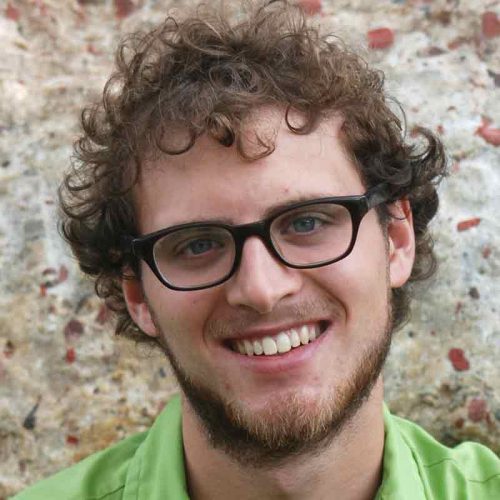
After receiving a BS in Physics from Oberlin College, Conrad joined our group in 2012. He defended his PhD in Earth and Environmental Sciences in 2018 and is now a research scientist at the Stennis Space Center branch of Naval Research Laboratory.
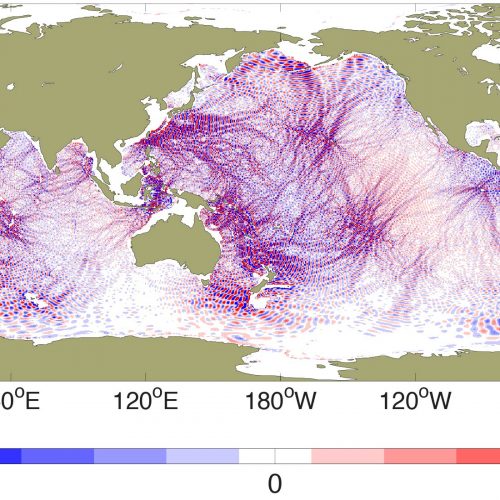
Arin received his PhD in Atmospheric and Oceanic Sciences from the University of Colorado. Arin was in our group from 2017-2020. He is now a scientist at the Naval Undersea Warfare Center.
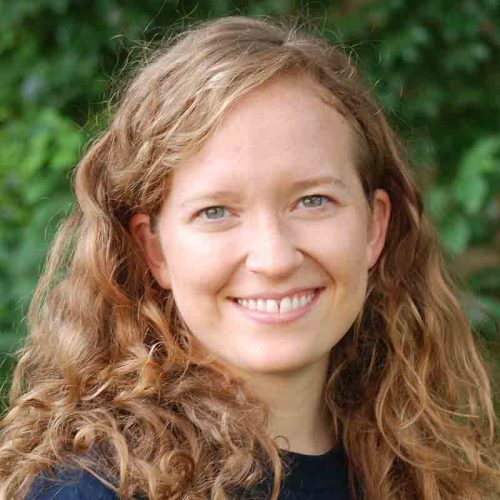
Paige received her BS in Physics from Harvard University. She began in our group in 2013 and defended her Physics PhD in 2019. She is now a Program Scientist & Program Officer for NASA’s Transform to Open Science (TOPS) mission.

Molly worked in our group from 2016-2018, first as an undergraduate, and later as an MS student. She received her MS in Earth and Environmental Sciences in 2018. Molly’s research was partially supervised by postdoc Joseph Ansong. Molly is now employed by Whirlpool.
96 – The Chicxulub impact produced a powerful global tsunami
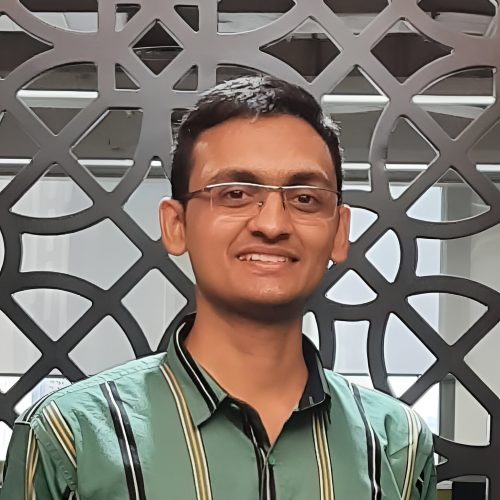
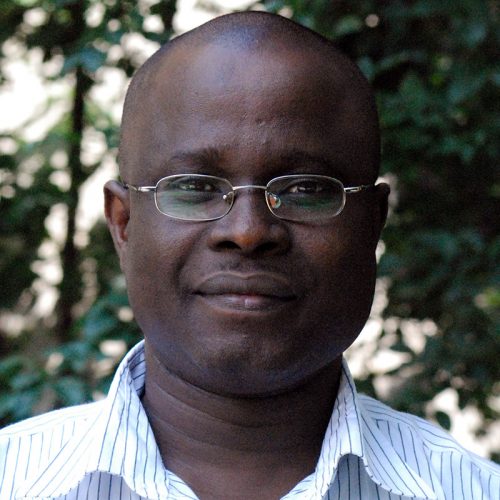
Joseph received his PhD in Applied Mathematics from the University of Alberta. Joseph was a postdoc and then research scientist in our group from 2011-2017. He is now a Lecturer (equivalent of assistant professor) at the University of Ghana.
96 – The Chicxulub impact produced a powerful global tsunami
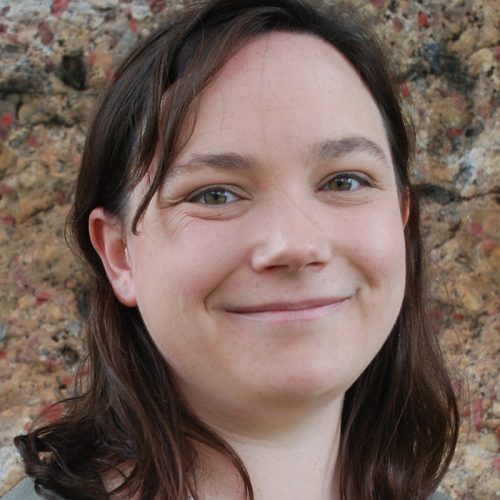
Amanda received her PhD in Atmospheric and Oceanic Sciences from Princeton University. Amanda was in our group from 2014-2017. She is now a scientist at the Johns Hopkins University Applied Physics Laboratory.
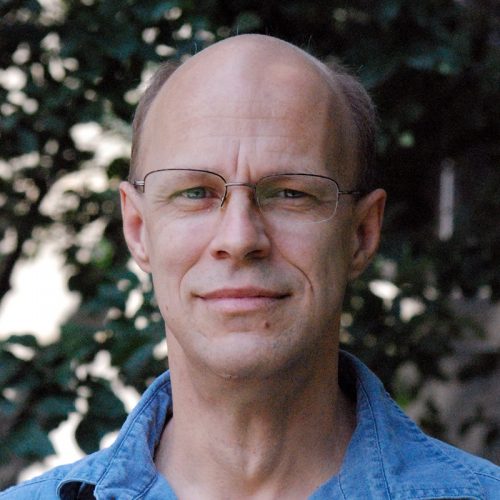
Patrick received his PhD in Physical Oceanography from Memorial University of Newfoundland. Patrick was a postdoc in our group from 2008-2012. He is now a Support Scientist at Environment Canada.

David was in our group from 2011-2013, after receiving his PhD in Physical Oceanography from the University of Washington. David is now a Visiting Associate Research Scientist at NOAA STAR/NESDIS Laboratory for Satellite Altimetry (LSA; through the cooperative agreement between NOAA and University of Maryland-College Park).
Dynamics and energy budgets of oceanic general circulation and mesoscale eddies
Global modeling of internal tides and the internal gravity wave continuum
68 – Connecting process models of topographic wave drag to global eddying general circulation models

Malte received his PhD in Oceanography from the University of Hamburg. He worked with us from 2012-2013 as a postdoctoral contractor. Malte is now a Research Scientist at the Norwegian Meteorological Insitute.
Variability of the coupled atmosphere-ocean system
Global modeling of internal tides and the internal gravity wave continuum

Ben received his BS in Physics from Macalester College. He worked in our group in 2012 before switching to a Solar Physics group.
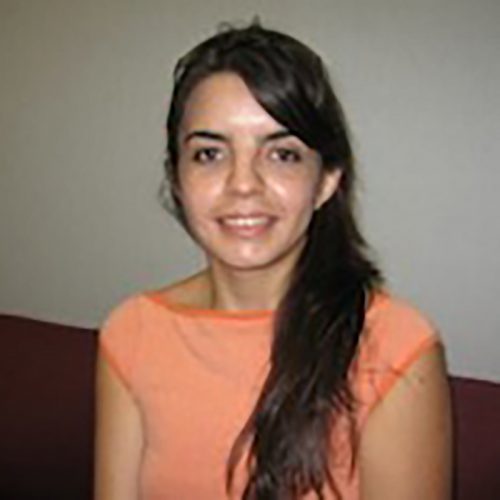
Veronica worked with us in 2009, while doing her MS in Computational Science. She is currently a programmer at Oak Ridge National Laboratory.

Andy received his BS in Physics from MIT. Andy began his PhD work with us in 2010, and defended his dissertation in Physics in 2015. He is now a “Software Engineer in Mathematical Optimization” at Mythic-AI in Silicon Valley.
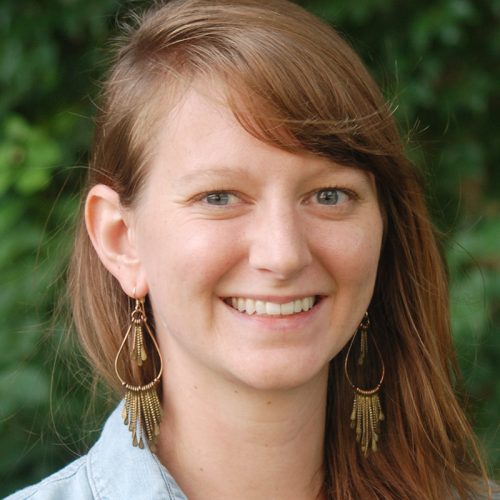
Anna received her BS in Physics from Kalamazoo College. Anna began her PhD work with us in 2012, and defended her dissertation in Applied Physics in 2017. She did a postdoc at Scripps Institution of Oceanography, and is now employed by Running Tide, a private sector company devoted to ocean issues.
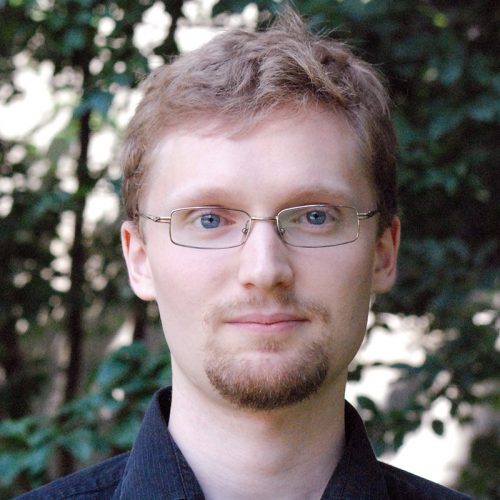
Alfredo received his BS at U-M, with a double major in Mathematics and Aerospace Engineering. Alfredo began his PhD work with us in 2010, and defended his dissertation in Applied Mathematics, jointly supervised by Professor of Mathematics Peter Miller, in 2015. He performed a postdoc in the mathematics department at the University of Wisconsin and now lives in Australia.

Steve, a U-M double major in Physics and Mathematics, worked with us from 2011-2015.
55 – The global mesoscale eddy available potential energy field in models and observations.

Brandon, a U-M double major in Physics and Complex systems, worked with us from 2012-2014, and was primarily supervised by postdoc David Trossman.
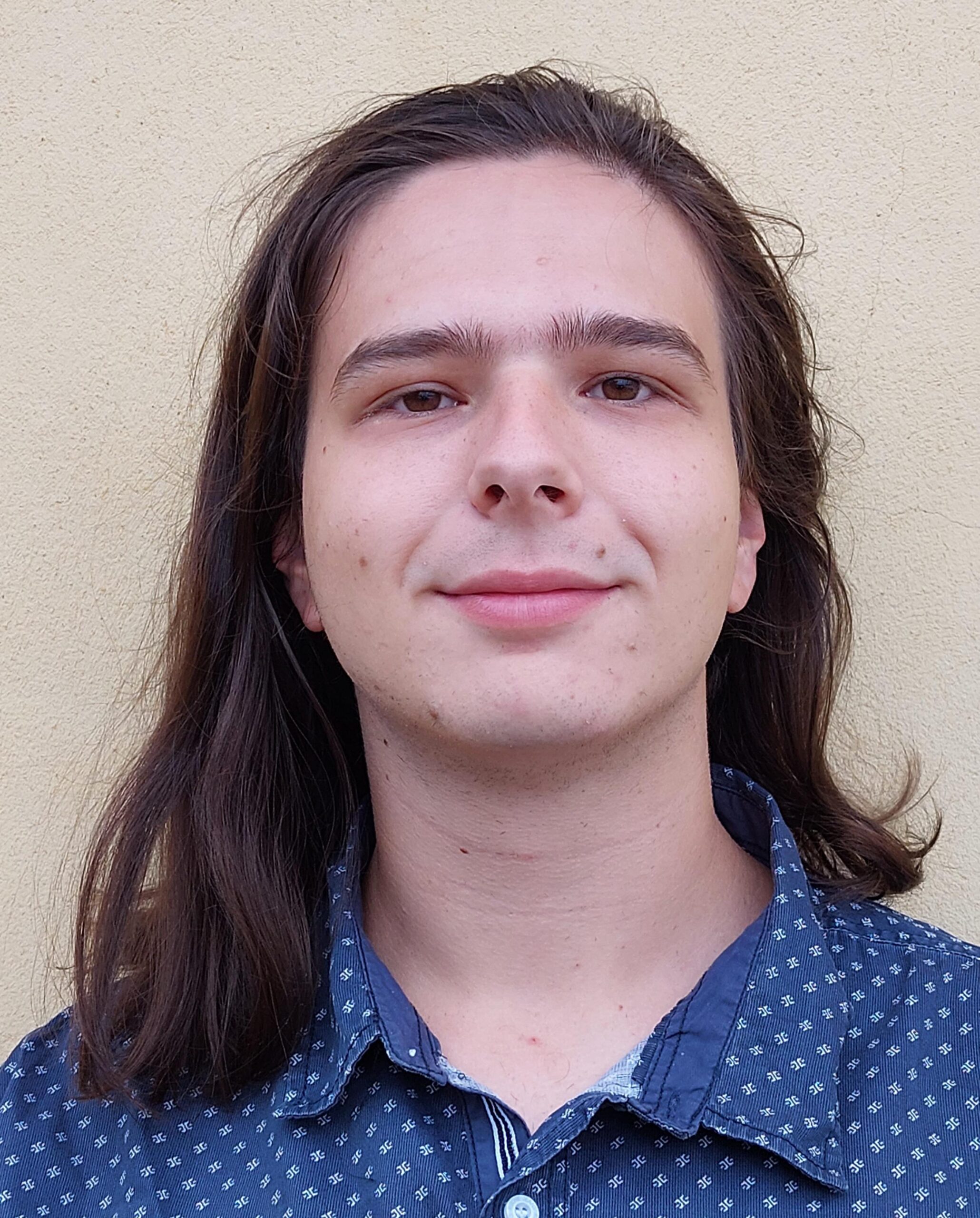

Eliana, a Kenyon College Physics major, worked with us from 2016-2017, and was partially supervised by postdoc Joseph Ansong. She now works in the private sector.
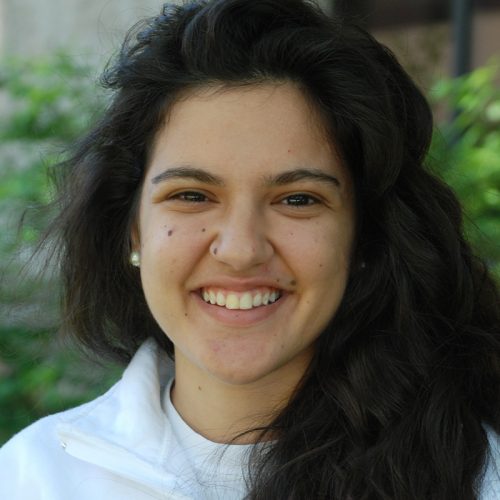
Houraa, a U-M AOSS major, worked with us from 2014-2016, and was primarily supervised by postdoc Joseph Ansong. Houraa went on to receive a PhD at the Rosenstiel School of Marine and Atmospheric Science at the University of Miami.
86 – Long-term Earth-Moon evolution with high-level orbit and ocean tide models

Caroline, a U-M AOSS major, worked with us in 2012, primarily supervised by postdoc David Trossman.

Andrew, a U-M Earth and Environmental Sciences major, worked with us from 2014-2015, primarily supervised by graduate students Anna Savage and Conrad Luecke.
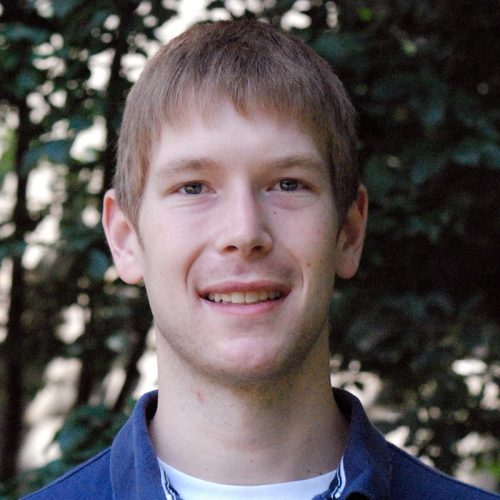
Aaron, a U-M Aerospace Engineering major, worked with us from 2010-2012. He is now a postdoc in Aerospace Engineering at Cambridge University.
34 – On the resonance and shelf/open-ocean coupling of the global diurnal tides.
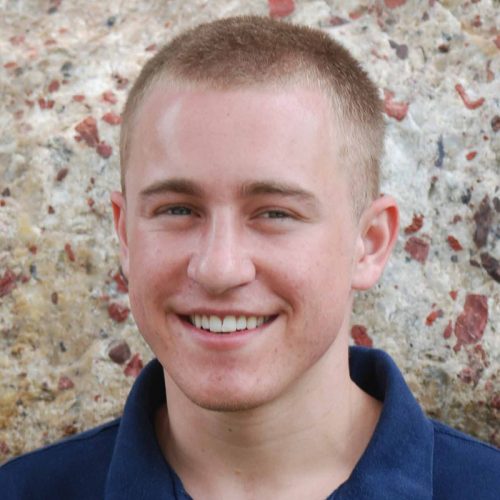
Jeremy, a University of Colorado Mathematics major, worked with us from 2012-2014. He was primarily supervised by postdoc David Trossman. Jeremy is now an Applied Mathematics graduate student at the University of Washington.

Ji, a U-M Earth and Environmental Sciences major, worked with us from 2016-2017. She was primarily supervised by graduate student Anna Savage. Ji is now traveling the world as a Bonderman Fellow.

Libo, a U-M Physics major, worked with us from 2010-2011. He is now an Applied Mathematics graduate student at the University of Washington.
34 – On the resonance and shelf/open-ocean coupling of the global diurnal tides.
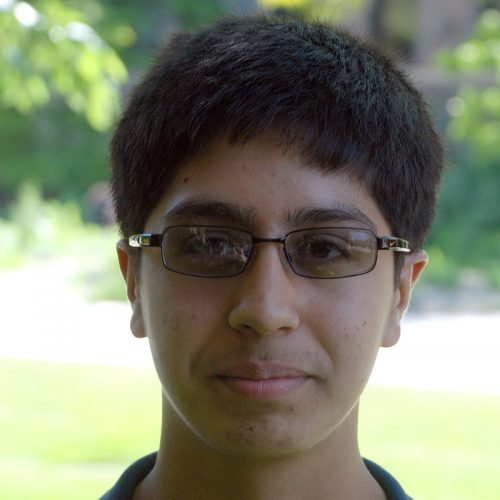
Hari worked with us in the summer of 2014. He was primarily supervised by graduate student Anna Savage.
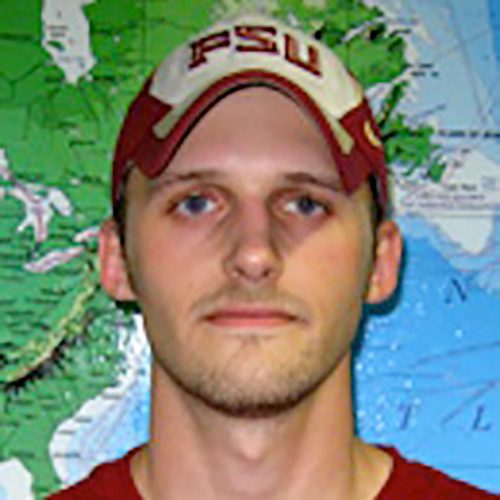
Byron, an FSU Physics major, worked with us in the summer of 2009.
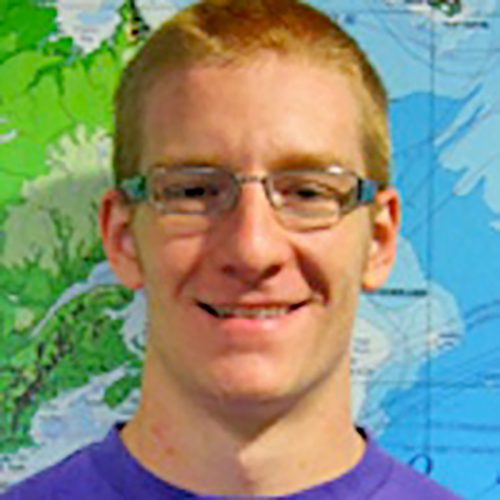
Will, an FSU Physics major, worked with us in the summer of 2009. Will received his PhD in Medical Physics in 2017.
34 – On the resonance and shelf/open-ocean coupling of the global diurnal tides.

Joey, an FSU Mathematics major, worked with us in the summer of 2009.

Brian, an FSU Physics major, worked with us in the summer of 2009.

Ayon worked with us as a high school student intern during summers 2006 and 2007. For his work with us, Ayon was a national finalist in both the Siemens and Intel high school science competitions. Ayon now works for Oblong Industries.

Anson worked with us as a high school student intern during summer 2008. Anson is now a medical doctor.

Jonathan, a computer science major, worked with us from 2019-2021.

Charles, a computer science major, worked with us from 2019-2021.
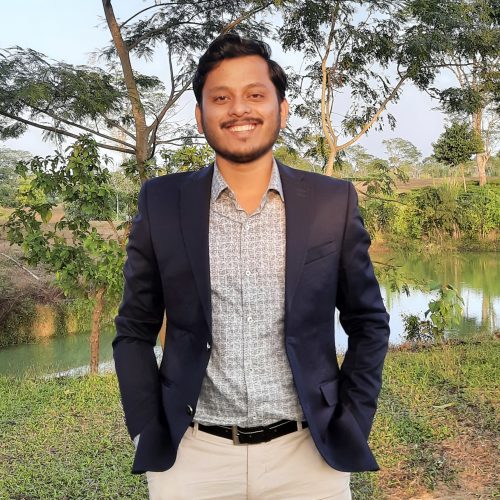
Ritabrata joined our group in 2020.


